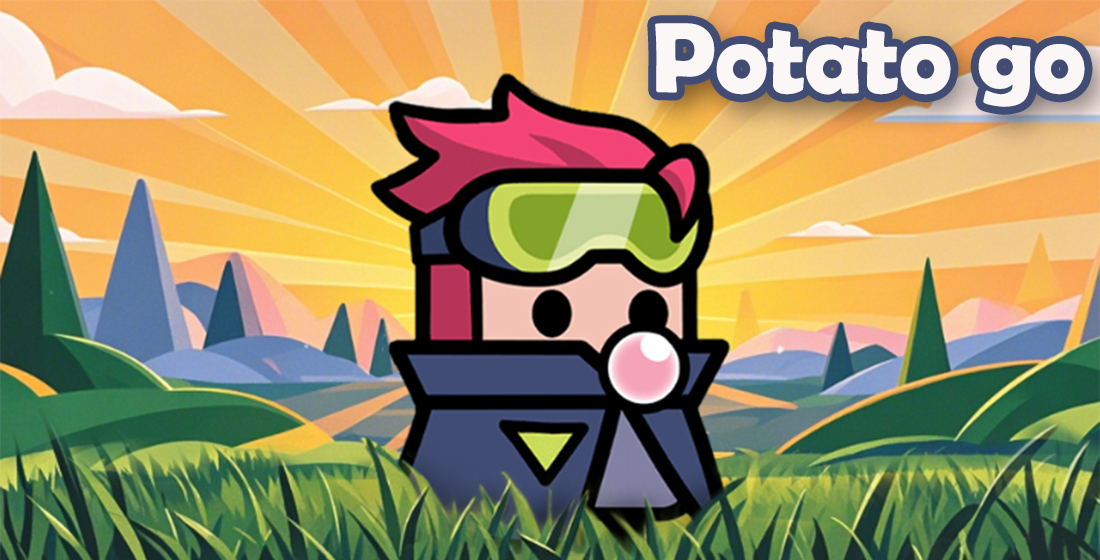Why HTML5 Casual Games Are the Future of Online Entertainment?
In the rapidly evolving landscape of online entertainment, the rise of casual games, particularly those built with HTML5, is hard to ignore. With the growing demand for engaging and easily accessible gaming experiences, HTML5 casual games are proving to be at the forefront of this trend. But why exactly are these games the future? Let’s delve into the multitude of reasons that make cube crash match 3 games and other genres like fantasy RPG games online so appealing.
Understanding HTML5 Casual Games
HTML5 casual games refer to games that are developed using HTML5 technology. They’re easy to access via web browsers without the need for complex installations. This seamless accessibility is one of the cornerstones of their popularity. Players can dive right into the action whether they are on a desktop, tablet, or even a smartphone. The versatility that HTML5 brings facilitates unparalleled gaming convenience.
Accessibility Anytime, Anywhere
- No downloads or installations needed.
- Playable on multiple devices and platforms.
- Compatible with various operating systems.
This ease of access allows players to enjoy games during their commute, lunch breaks, or any time they find themselves with even just a few minutes to spare. It is precisely this convenience that turns casual games into a preferred choice for many players.
User Engagement Through Simplicity
Many players today seek entertainment that delivers quick satisfaction. Casual games often possess straightforward mechanics and easy onboarding processes. They appeal to a wide audience, including those who may not identify as hardcore gamers. It's not uncommon to witness a person jumping into a cube crash match 3 game during a quick coffee break, rapidly snatching up points and clearing levels.
The Social Aspect of Casual Gaming
Multiplayer options, leaderboards, and social sharing are further enhancing the popularity of casual games. Players often enjoy competing with friends, which adds a social layer to the gaming experience. Social gaming has become a community, making the act of playing a game a shared experience, rather than an isolated one. Here’s how social features enhance interaction:
- Inviting friends to join online matches.
- Sharing achievements and scores on social media.
- Collaborative events to achieve common goals.
Endless Variety of Game Genres
From puzzle games to adventure RPGs, the variety that HTML5 casual games offer continues to grow. Genres like fantasy RPG games online bring storytelling and character development to a casual gaming environment. Players gazing into fantasy worlds less intensively can appreciate fun quests and engaging narratives.
The Financial Aspect: Low Development Costs
Developing HTML5 casual games can be a cost-effective way for companies to enter the gaming market. The lower production costs can also mean that smaller indie developers can break into the scene, providing a plethora of original content. This boost in diversity only enhances player engagement, as more niche themes and ideas come to fruition.
Staying Relevant with Evolving Trends
Casual games are responsive to trends. As user interests evolve, developers can quickly adapt their offerings. For example, themes around health, education, and environmental issues have emerged successfully in various game types. Keeping pace with consumer desires has solidified HTML5 casual games’ relevance in the crowded gaming market.
Cross-Platform Compatibility
HTML5's inherent structure allows for smooth cross-platform play. This means that regardless of whether someone picks up their mobile device or switches to their web browser later, their progress can easily be saved and carried over—an invaluable factor in player satisfaction. Here’s a summary of benefits:
| Feature | Benefit |
|---|---|
| Cross-Device Play | Seamless user experience |
| Cloud Save | Progress retention across platforms |
| Simplicity of Use | Easy entry for new players |
Visual Appeal and Game Design
The aesthetic quality of HTML5 games has also evolved. Developer creativity combined with advanced graphic design techniques allows for visually compelling games that draw players in. Engaging soundscapes and vibrant graphics add layers to the immersive experience. Players are not just looking to pass the time; they seek experiences that can truly captivate them.
Community-Driven Content Creation
Many casual games encourage users to take part in creating content, whether that is through custom levels or community events. This drive fosters loyalty among players as they see their contributions impacting the game world. Additionally, regular updates keep the environment fresh and players coming back for more.
Boosting Mental Wellness
In modern living, where stress can accumulate quickly, engaging in casual games can serve as a positive outlet. These games often require minimal critical thinking—providing a simple distraction and fun. Fostered interaction and community support can add to mental wellness benefits.
Conclusion: Why HTML5 Casual Games are the Future
As we traverse through various aspects of HTML5 casual games, it’s evident that their impact on the online entertainment sphere is significant. With their compelling accessibility, varied genres, community aspects, and a focus on user engagement, they are perfectly positioned to dominate the gaming arena. Looking ahead, the future is indeed bright for casual gamers and developers alike. As new technologies emerge and player preferences evolve, HTML5 games will undoubtedly adapt and flourish, continuing to be the cornerstone of online entertainment. So whether you’re engrossed in cube crash match 3 games or embarking on epic quests in fantasy RPG games online, one thing's for sure: the world of casual gaming is just getting started.



